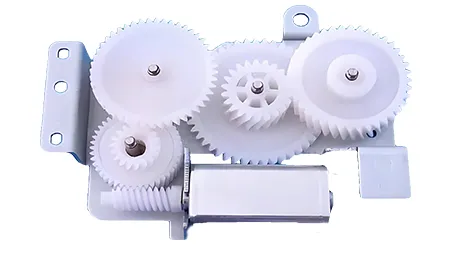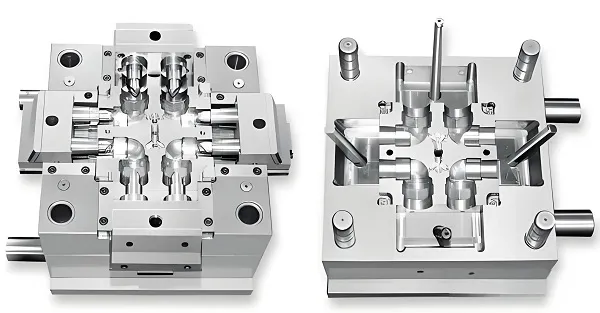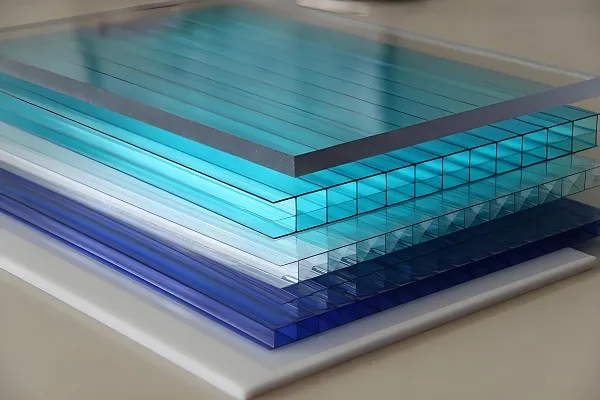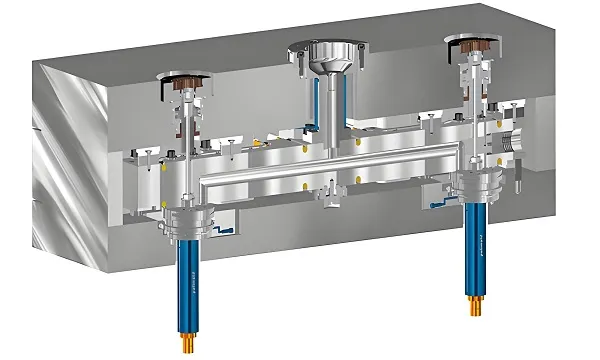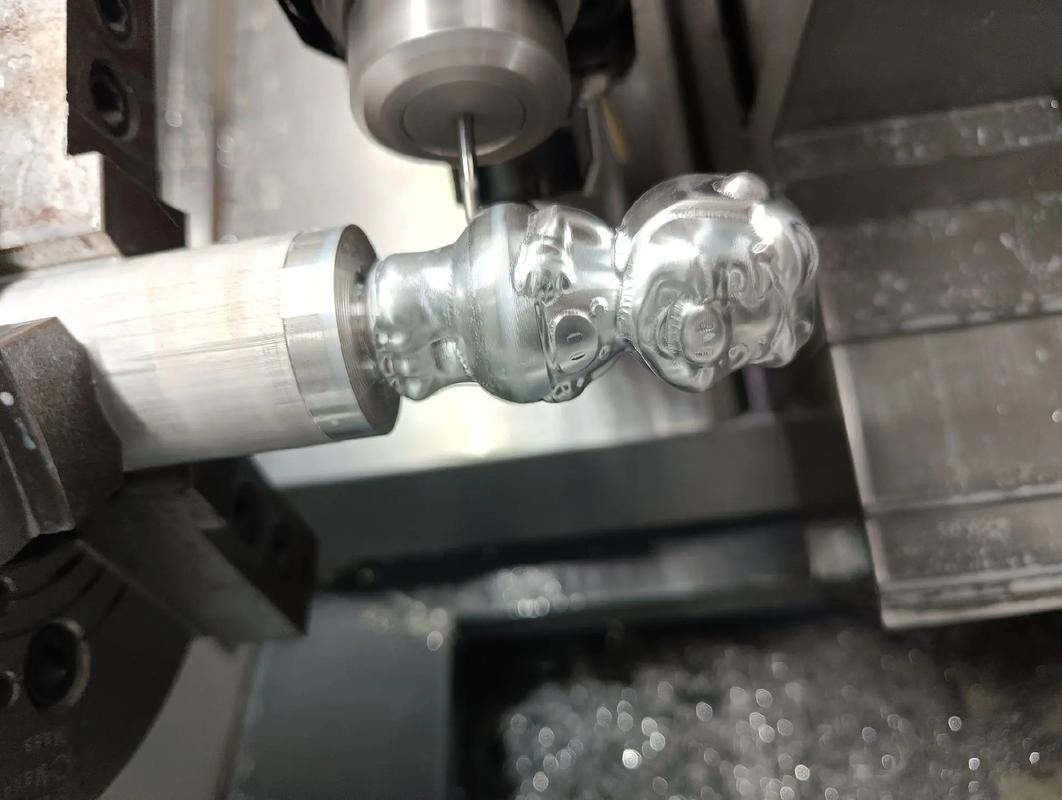
I. Definition of Milling
II. Introduction to CNC Milling Services
III. CNC Milling Service Process
- Designing the CAD File
The first stage involves creating a virtual representation of your intended product using CAD software. You can use different CAD – CAM programs to develop the G – code required for machining. Transforming the CAD design into CNC programming language is crucial because this is the language that the machine can understand. You can check and modify the code to meet the machine’s functions. The software also enables manufacturing engineers to simulate the entire milling process. Thus, they can check for design errors and avoid creating complex models that are difficult to machine.
The operator also needs a technical engineering drawing that contains the following information:
a. Dimensions and key features of the part
b. Tolerances
c. Construction lines
d. Indication of threads
e. Finishing preferences
- Setting up the Milling Machine
Although CNC milling machines can automatically cut workpieces, some aspects of the process still require the machine operator. For example, the operator must fix the workpiece to the worktable and adjust the tool on the spindle.
Modern milling machines have the ability for electrified processing. Therefore, they can change tools during the milling process. This reduces the number of pauses during the operation. However, initial setup and program checks are still required before starting the process.
- Producing the Component
As mentioned before, CNC milling uses a rotating tool that cuts chips when it comes into contact with the workpiece. The continuous rotation of the tool gives the desired shape. Depending on the type of raw material and the desired shape of the final product, the process may include different operations.
The first few operations use larger tools to carve the material and obtain a rough shape. Then, changing the tool will help create a more precise machined part. Precision CNC milling is achieved in the final stage, involving unparalleled levels of surface roughness and engineering tolerances.
IV. Precautions for Milling Machines
Generally, milling machines are divided into horizontal and vertical machine configurations and are distinguished according to the number of axes of motion.
On a vertical milling machine, the machine spindle is in a vertical direction, while on a horizontal milling machine, the spindle is placed horizontally. Horizontal machines also use a spindle during the milling process to provide additional support and stability and have the ability to support a variety of cutting tools, such as in gang milling and straddle milling. The control of vertical and horizontal milling machines depends on the type of machine used. For example, some machines can raise and lower the spindle and move the worktable laterally, while other machines have a fixed spindle and worktable that can move horizontally, vertically, and rotationally. When choosing between vertical and horizontal milling machines, manufacturers and workshops must consider the requirements of the milling application, such as the number of surfaces to be milled and the size and shape of the part. For example, heavy workpieces are more suitable for horizontal milling operations, while sink – mold applications are more suitable for vertical milling operations. Auxiliary equipment can also be used, which can modify vertical or horizontal machines to support the opposite process.
Most CNC milling machines can use 3 to 5 axes – usually providing performance along the X, Y, Z axes and, if applicable, around the rotation axis. The X – axis and Y – axis represent horizontal movements (left – right and front – back movements on a plane, respectively), while the Z – axis represents vertical movement (up – down movement), and the W – axis represents diagonal movement on a vertical plane. In a basic CNC milling machine, horizontal movement can be made on two axes (X, Y), while newer models allow additional axes of movement, such as 3 – axis, 4 – axis, and 5 – axis CNC machines. Some characteristics of milling machines classified by the number of axes of motion are outlined below.
V. Main Advantages of China’s CNC Milling Industry
- Advanced Technology: Chinese CNC milling factories (such as Juliang Hardware) adopt 5 – axis CNC machining, which can produce complex parts with tolerances up to ±0.005mm.
- Cost – effectiveness: Competitive labor and operating costs make Chinese CNC milling services an affordable option without sacrificing quality, making it attractive to industries such as aerospace, automotive, and electronics.
- Mass Customization: Through Chinese CNC milling customization, companies can order custom components, from prototyping to mass production, and achieve a fast turnaround.
In 2023, the market size of China’s CNC machine tools reached $32 billion, and it is expected to have a compound annual growth rate (CAGR) of 6.5% by 2030. This growth reflects the increasing dependence of multiple industries on precision manufacturing.
VI. Xiamen Goldcattle: Professional CNC Milling Service Provider
Xiamen Goldcattle Industrial & Trade Co., Ltd. is a national high – tech enterprise that has been deeply engaged in the field of customized parts for 26 years. It is particularly focused on the CNC machining track. Its CNC milling services, with the advantages of high precision and strong customization, have become the preferred cooperation partner for many industry customers.
In terms of technology and equipment, the company is equipped with high – precision 5 – axis processing equipment, which can achieve precise control of CNC milling part tolerances of ±0.005mm. It can machine milling parts made of various materials such as stainless steel, aluminum alloy, and brass. Whether it is customized auto parts for the automotive industry, special mechanical parts for the machinery field, equipment – supporting parts, or core components of watches, it can meet the needs for high – precision milling products in different scenarios.
In terms of service mode, as a professional OEM/ODM manufacturer, Xiamen Goldcattle has an experienced team of industrial designers and engineers, who can provide customers with a full – process customization service – from optimizing the plan according to the customer’s drawings or samples in the early stage, to efficiently carrying out CNC milling processing in the middle stage, and then to part assembly in the later stage, forming an integrated solution of “design – production – assembly”, truly achieving “customization according to needs and precise matching”.
The quality assurance system is one of the company’s core competitiveness. Xiamen Goldcattle has passed a number of international standard certifications such as ISO 9001:2000, SGS, and CE. Relying on professional production equipment and strict quality inspection processes, it ensures that every CNC milling part has stable performance, a smooth surface, and accurate dimensions. At the same time, the company always adheres to the principles of “high – quality, high – efficiency, integrity, and service”, and adheres to the purpose of “sustainable operation, customer first”, and is committed to building a long – term and win – win cooperative relationship with global customers through reliable CNC milling services.

